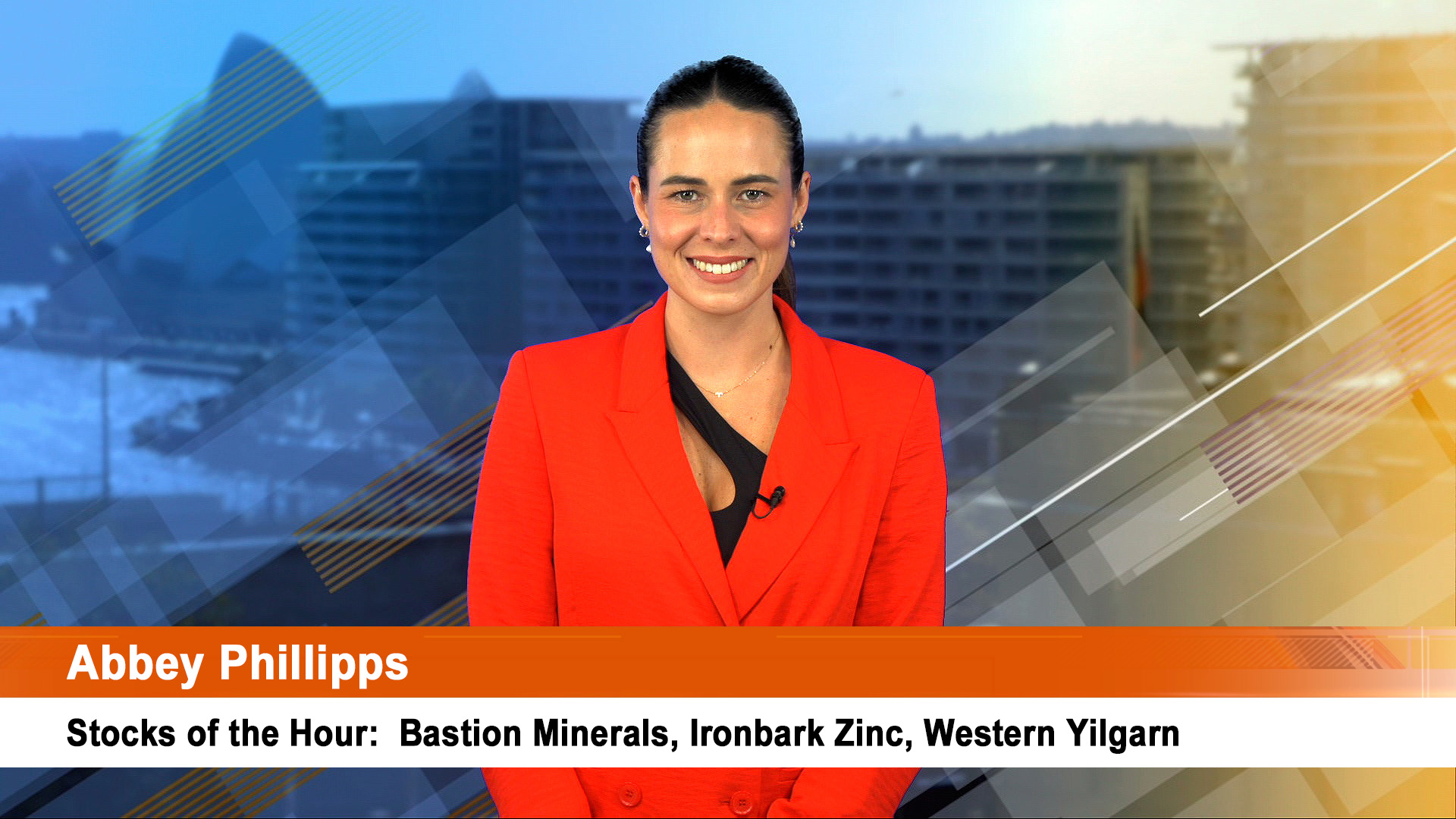Despite the sharp fall in interim profit and abandonment of its previous progressive dividend policy, BHP Billiton remains on the hunt for purchases in the copper and oil sectors, even as it acknowledges the outlook for its key commodities will be weaker than previously thought.
The company cut the interim dividend to 16 US cents a share from 62 US cents, as net underlying profit plunged 92% to just $412 million for the half, on a 37% slide in revenues.
The company’s gloomy report came on the day that global iron ore prices hit a five month high at well above $US51 a tonne – up 18% so far this year after the 39% slide in 2015. Oil prices though remain stuck around $US30 – $US33 a barrel, and US gas prices are close to all time lows.
The shares kicked higher, up 2.6% to $17.63, meaning they are now up from the low of $14.06 in late January – a rise of 25%.
But despite all that – and the removal of two senior executives – the head of the oil and gas business and the head of the iron ore operation, for what we were not told – the BHP board and management remains open to possible acquisitions.
CEO Andrew Mackenzie said the change to the dividend policy would improve the ability of BHP in buying assets if good opportunities come onto the market.
“It allows us a lot more flexibility and optionality if you like in how we use our strong cash flow so that we can take advantage of what we think will be a number of critical opportunities at this phase in our company’s development,” he said in yesterday’s statement.
"It means we have more money to think about acquisitions as tier one assets become available, if things particularly look black we may divert more money to further strengthening of the balance sheet and we can continue to pursue our growth agenda either through inorganic options or some of our other growth options."
On the topic of potential acquisitions, Mr Mackenzie said he was equally interested in copper and oil assets, repeating what the company said in the December quarter and half year production report in January.
"In this environment, we are also committed to protecting our strong balance sheet so we have the financial flexibility to manage further volatility and take advantage of the expected recovery in copper and oil over the medium term,” directors said last month.
That’s despite BHP now admitting that the current period of low demand and prices will be more prolonged than previous estimated.
As recently as six months ago, BHP had insisted that it had the capacity on its balance sheet to “defend” its progressive dividend, which was guaranteed not to fall. But fall it did yesterday, plunging 74%.
But Mr Mackenzie said the continuing slide in commodity prices, particularly oil prices, prompted the latest change.
“Slower growth in China and the disruption of OPEC have resulted in lower prices than expected,” Mr Mackenzie said yesterday.
"We didn’t foresee the possibility of sub $US30 (per barrel) oil and that is an important source of earnings for BHP Billiton. Since then we have seen, in a number of areas, confirmation that we are going to be in a period of low and high volatile prices before a recovery.
“The oil price was the final piece evidence…that we were dealing with a very different kind of environment and one that was looking, on an average basis, worse than our low case”, he said.
Mr Mackenzie said commodity markets were now facing a period of "prolonged oversupply", and he said November’s Samarco dam disaster was not a major contributor to the dividend decision.
The move follows Rio Tinto’s decision earlier this month to end its ‘progressive’ dividend policy and switch to a dividend policy that more closely matches profit performance each year. Other miners who have cut or dropped dividends include Anglo American, Freeport and Glencore.
Yesterday’s announcement came after ratings agency Standard & Poor’s warned BHP could face a further ratings downgrade if it retained the progressive policy.
As previously announced, the latest result was full of asset impairments, including the previously announced $US7.2 billion pre-tax write-down against BHP’s US shale assets.
There was also a pre-tax charge of $US1.18 billion to account for the impact of the Samarco tragedy on BHP’s revenue, and a $US390 million charge for tax matters, plus the fall in copper prices cut the value of concentrates unpriced by well over $US300 million.
The Samarco charge is not expected to be the final cost of the disaster for BHP. Talks over penalties and the costs of remediation and rehabilitation are still underway in Brazil.
After those impairments, the company slumped to a first-half attributable loss of $US5.7 billion, the first time BHP has posted a loss since 1999, before the merger with Billiton, but after accounting for the Magma Copper disaster in the US.
The company has turned over its executive ranks, with oil and gas boss Tim Cutt and iron ore boss Jimmy Wilson both set to leave the company.
Former coal head Mike Henry takes charge of all Australian assets including the iron ore division, the coal division, Olympic Dam in South Australia, Nickel West and the company’s emerging coal presence in Borneo. Steve Pastor takes the helm of the petroleum division.
Commercial head Dean Dalla Valle will remain seconded to Brazil as he manages the response to the Samarco disaster, while copper chief Daniel Malchuk will assume command of most assets in the Americas, including the Cerrejon coal asset in Colombia.













